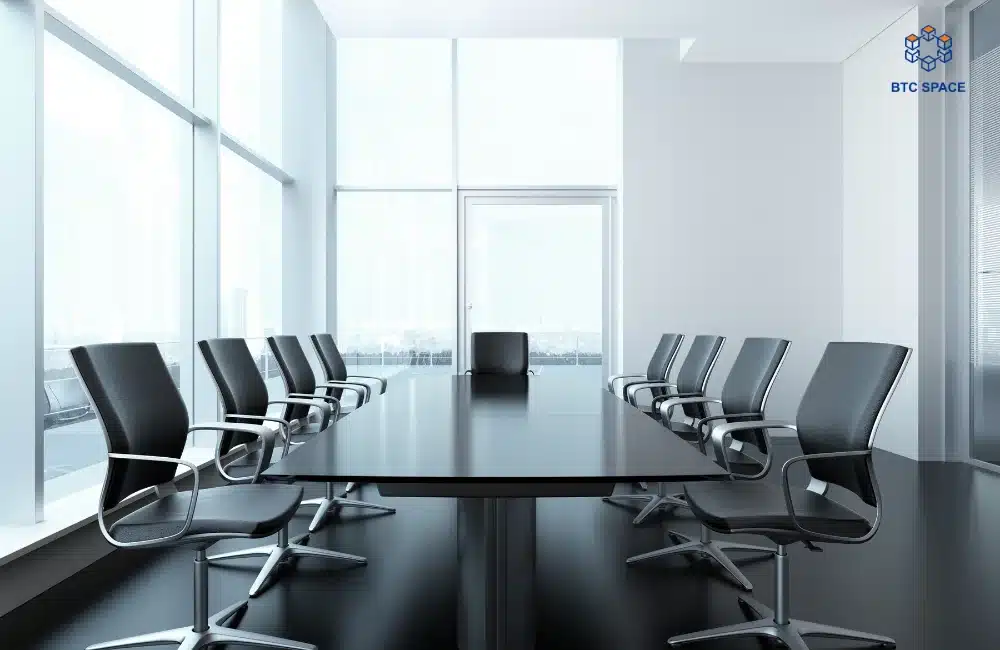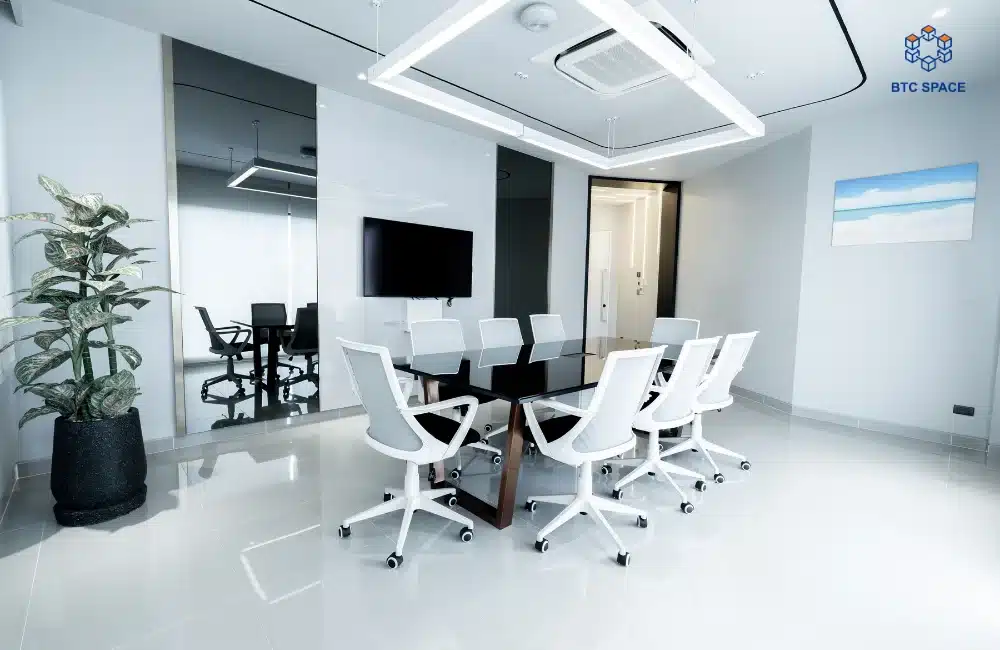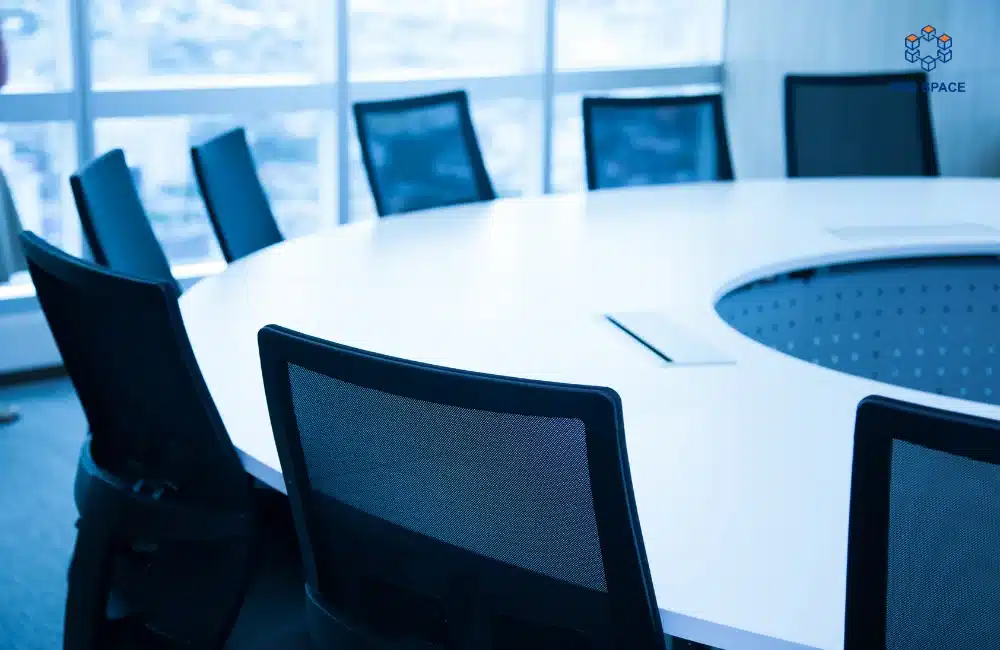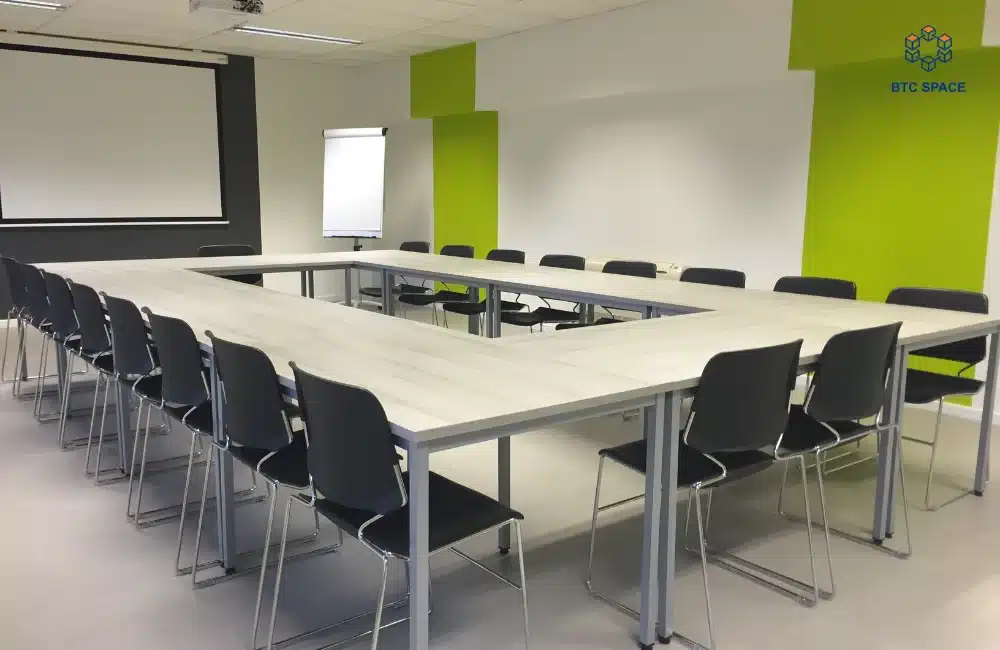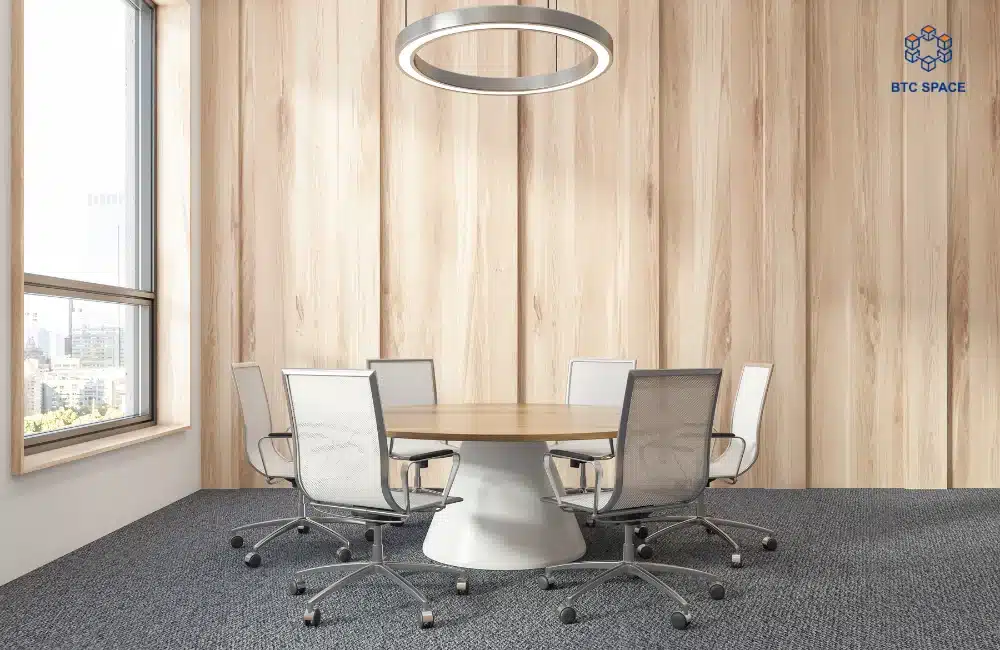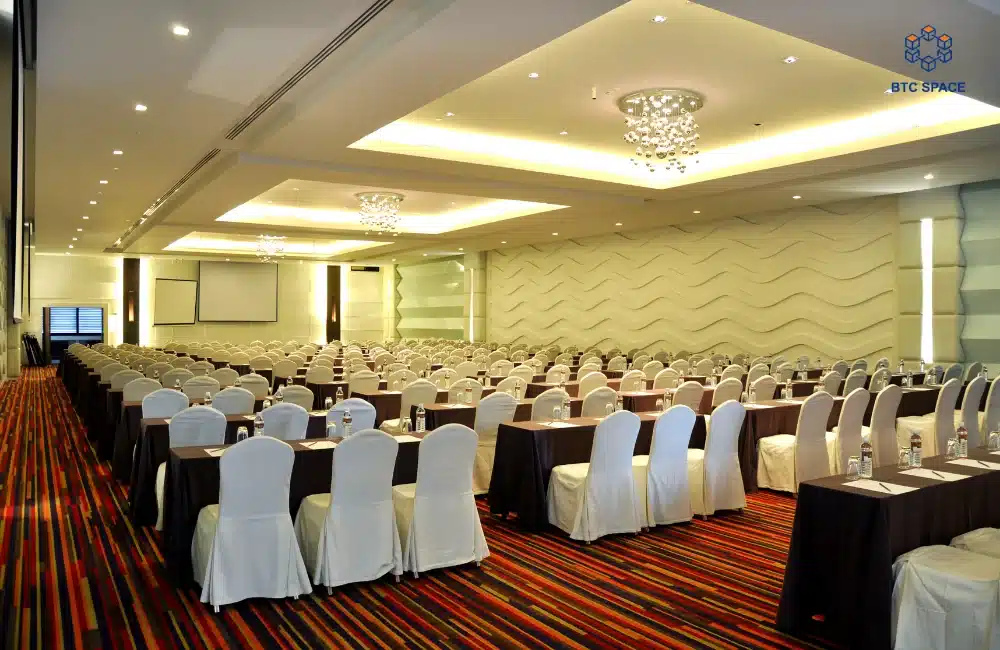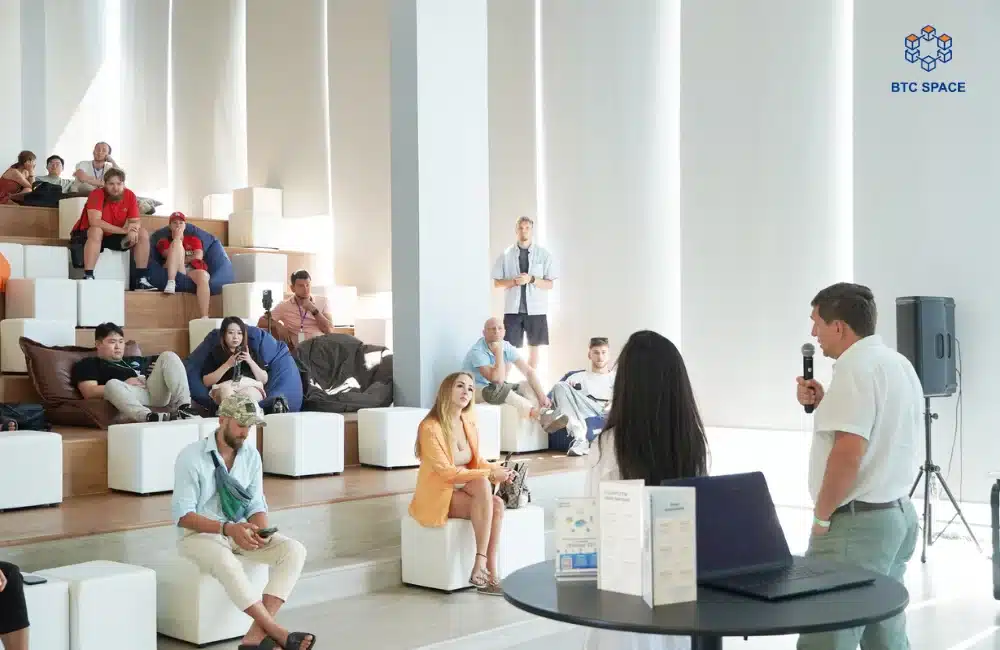The right meeting room layout can significantly impact team productivity and collaboration. Whether you’re brainstorming new ideas or hosting client presentations, your meeting room setup style plays a crucial role in facilitating effective communication. A thoughtful design creates an atmosphere that encourages participation and keeps everyone engaged. Let’s explore the various meeting room layouts and how each can enhance your team’s productivity!
Table of Contents
Factors to Consider When Choosing a Meeting Room Layout
When selecting the ideal meeting room setup style for your next session, keep these key factors in mind:
- Meeting purpose – Different meeting room layouts support different types of interactions
- Number of participants – Ensure your meeting room setup accommodates everyone comfortably
- Technology requirements – Consider how your meeting room layout integrates with AV equipment
- Space availability – Choose a meeting room setup style that fits your available space
- Interaction level – Select a layout that encourages the right amount of collaboration
10 Meeting Room Layouts
Here’s a breakdown of 10 popular meeting room layouts to help you choose the best configuration for your team’s needs.
1. Boardroom Style
This classic meeting room layout features a large rectangular table with chairs arranged around all sides. The boardroom setup style creates a formal atmosphere perfect for decision-making.
- Pros: Encourages face-to-face interaction and clear communication among all participants.
- Cons: Limited capacity and can feel hierarchical if a leader sits at the head of the table.
- Best for: Executive meetings, client presentations, and formal discussions where direct eye contact is valuable.
2. Crescent Style
The crescent meeting room layout arranges tables in semi-circular formations facing the presenter. This setup style maintains focus on presentations while allowing some participant interaction.
- Pros: Provides excellent visibility of the presenter while enabling side discussions.
- Cons: Requires more space than traditional layouts and may limit larger group interactions.
- Best for: Training sessions, workshops, and events where networking is important but presenter visibility remains essential.
3. Hollow Square Style
This meeting room setup style positions tables in a square or rectangle with an open center and seating around the outer edges. Everyone faces inward, creating an inclusive environment.
- Pros: Promotes equality and collaboration while allowing participants to see each other easily.
- Cons: Requires significant space and may not be ideal for presentations requiring projection.
- Best for: Group discussions, collaborative planning sessions, and committee meetings.
4. Classroom Style
The classroom meeting room layout arranges rows of tables facing the front, much like a traditional classroom. This setup style works well for information-sharing sessions.
- Pros: Maximizes space efficiency and maintains focus on the presenter or visual aids.
- Cons: Limits interaction between participants and can feel formal or rigid.
- Best for: Training sessions, educational presentations, and meetings where note-taking is important.
5. Banquet Style
The banquet meeting room setup features round tables with seating all around, creating natural conversation groups. This layout balances social interaction with functionality.
- Pros: Encourages small group discussions and networking in a comfortable setting.
- Cons: Makes it challenging for all participants to view a central presentation effectively.
- Best for: Team-building events, brainstorming sessions, and workshops with breakout discussions.
6. Flexible Style
This adaptable meeting room layout uses modular furniture that can be quickly reconfigured for different purposes. The flexible setup style is perfect for multi-purpose spaces.
- Pros: Highly versatile and can adapt to changing meeting requirements throughout the day.
- Cons: Requires planning and may take time to reconfigure between different setups.
- Best for: Innovation hubs, creative agencies, and spaces that host various meeting types.
7. U-Shape Style
The U-shaped meeting room layout arranges tables in a U formation with seating on the outside. This setup style balances presentation focus with participant interaction.
- Pros: Creates a central area for demonstrations while maintaining face-to-face communication.
- Cons: Takes up considerable space and limits the number of participants.
- Best for: Interactive training, product demonstrations, and discussions with visual presentations.
8. Cabaret Style
Similar to banquet style, the cabaret meeting room setup uses round tables but with seating on only one side facing the presenter. This layout combines focus and interaction.
- Pros: Balances the benefits of round-table discussion with clear views of presentations.
- Cons: Reduces seating capacity compared to other setup styles.
- Best for: Workshops requiring both presentation viewing and small group activities.
9. Huddle Style
The huddle meeting room layout features standing-height tables without chairs, encouraging quick, energetic meetings. This setup style promotes efficiency and active participation.
- Pros: Increases energy levels, keeps meetings brief, and encourages active contribution.
- Cons: Not suitable for longer meetings or discussions requiring extensive note-taking.
- Best for: Daily stand-ups, quick problem-solving sessions, and brief team updates.
10. Theater or Auditorium Style
This meeting room layout arranges chairs in rows all facing forward, maximizing seating capacity. The theater setup style works best for presentation-focused gatherings.
- Pros: Accommodates large groups efficiently and directs full attention to the presenter.
- Cons: Provides minimal interaction between participants and limited workspace.
- Best for: Large presentations, company announcements, and events with minimal audience participation.
Conclusion – Meeting Room Layouts
Choosing the right meeting room layout can dramatically improve your team’s productivity and engagement. At BTC Space, we offer versatile meeting room setup styles that can be customized to suit your specific business needs. Our state-of-the-art meeting rooms in Phuket feature cutting-edge technology and flexible configurations to enhance collaboration and creativity. Whether you need a formal boardroom setup or an interactive workshop layout, our meeting rooms can be tailored to create the perfect environment for your next productive session. Contact us at +6676682245 or get a quote now!

